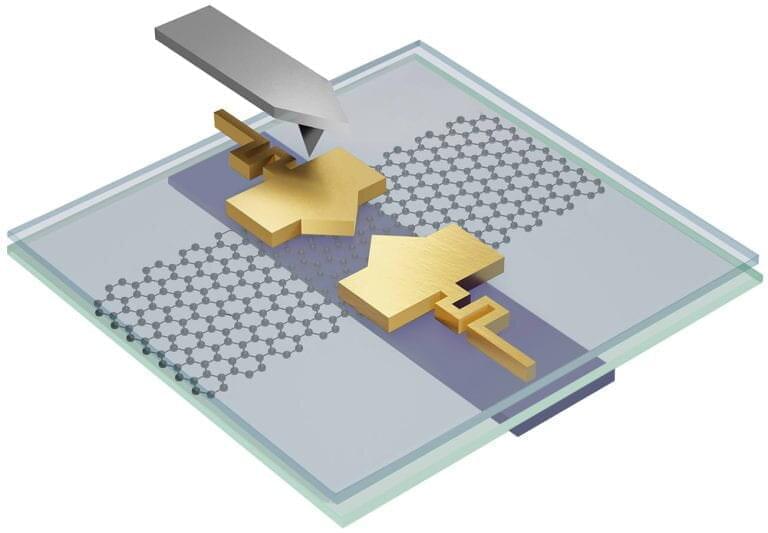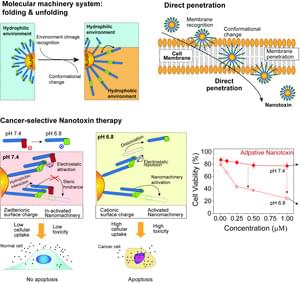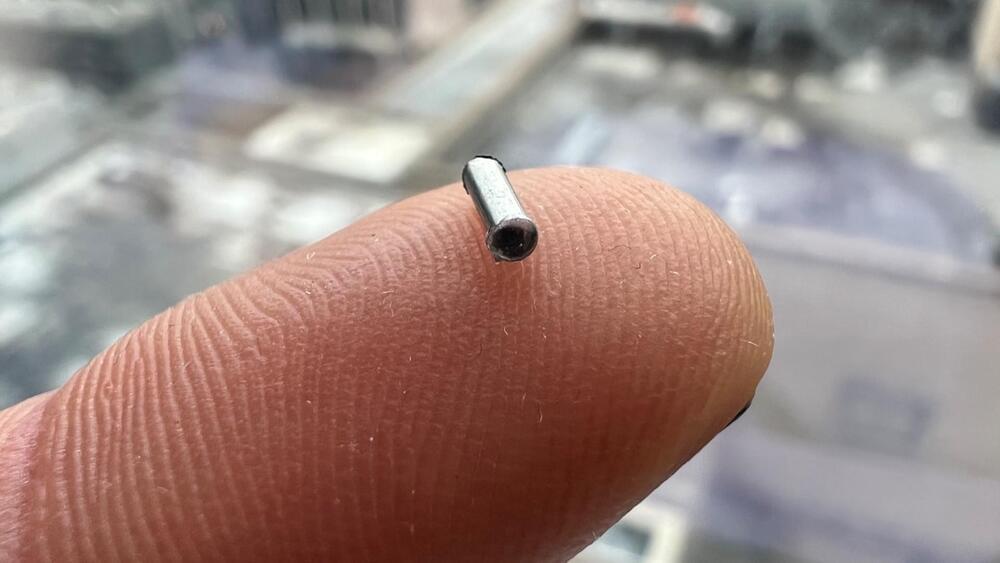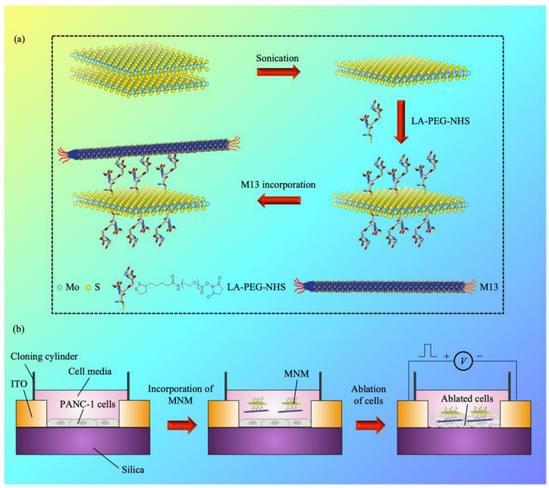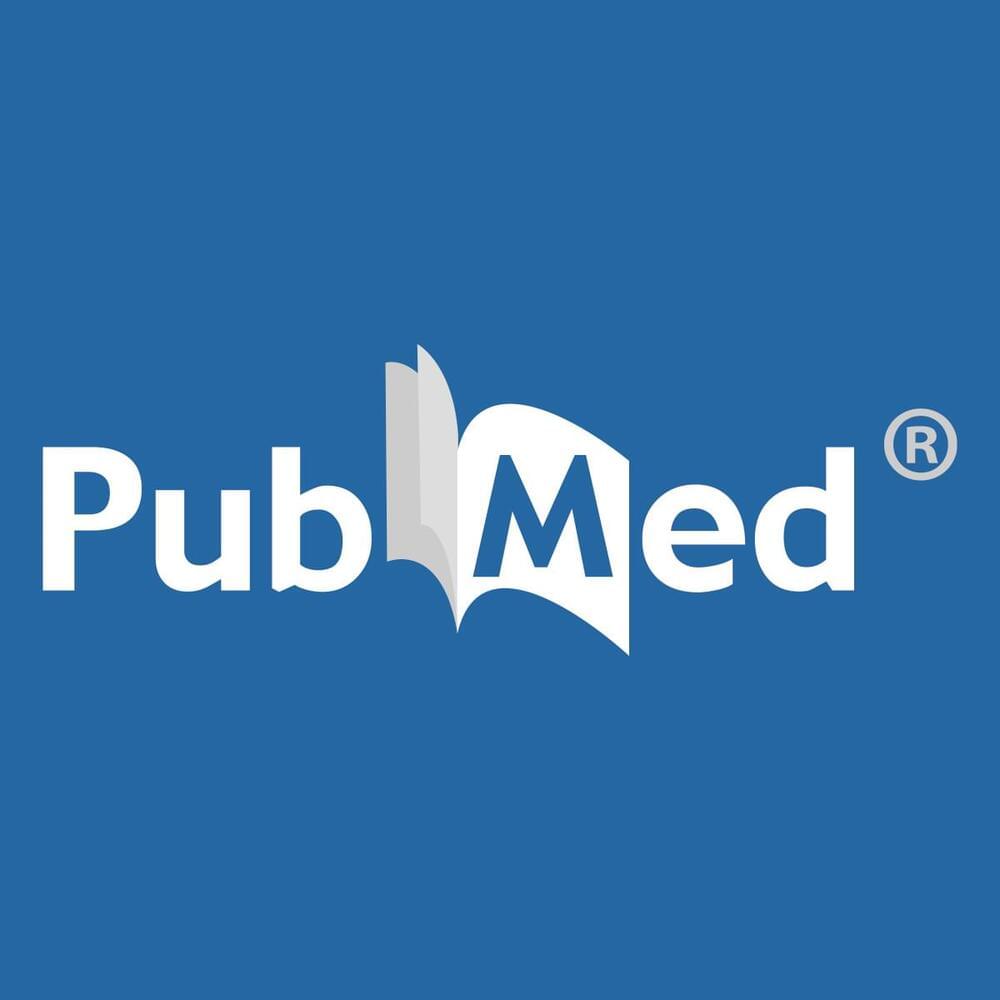An older article but something the world is facing just like in certain sci-fi movies.
The reference publication of the movement in the 80s, the Earth First journal, featured a column called Ask Ned Ludd, in reference to the mythical character that gave name to the luddites. Jones thinks that neo-luddites are in fact misreading the original luddites, but he believes that understanding the difference between the old and modern ones tells us a lot about the ideology of the latter.
“Luddites were not anti-technology: they were skilled craftsmen, involved in a labour movement aimed at keeping their machines and their jobs,” he says. “That’s very different from the neo-luddites ideas of relinquishing civilisation and [of] nature as the supreme good.” Jones thinks neo-luddism is fed rather by “the idea of technology as a disembodied, transcendent, terrifying force outside the human”, which emerged in the mid 20th century, with the bomb and the rise of large-scale computing.

